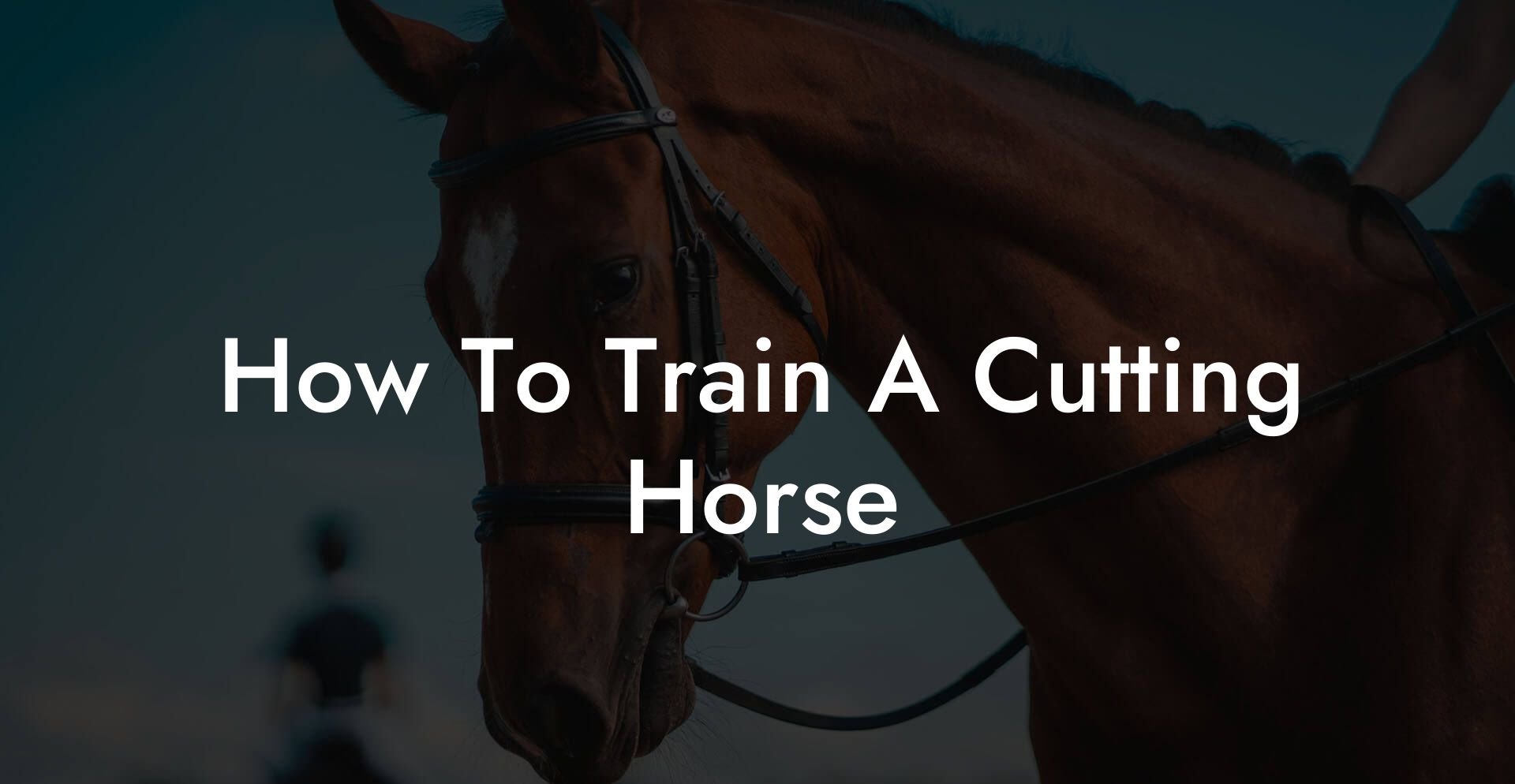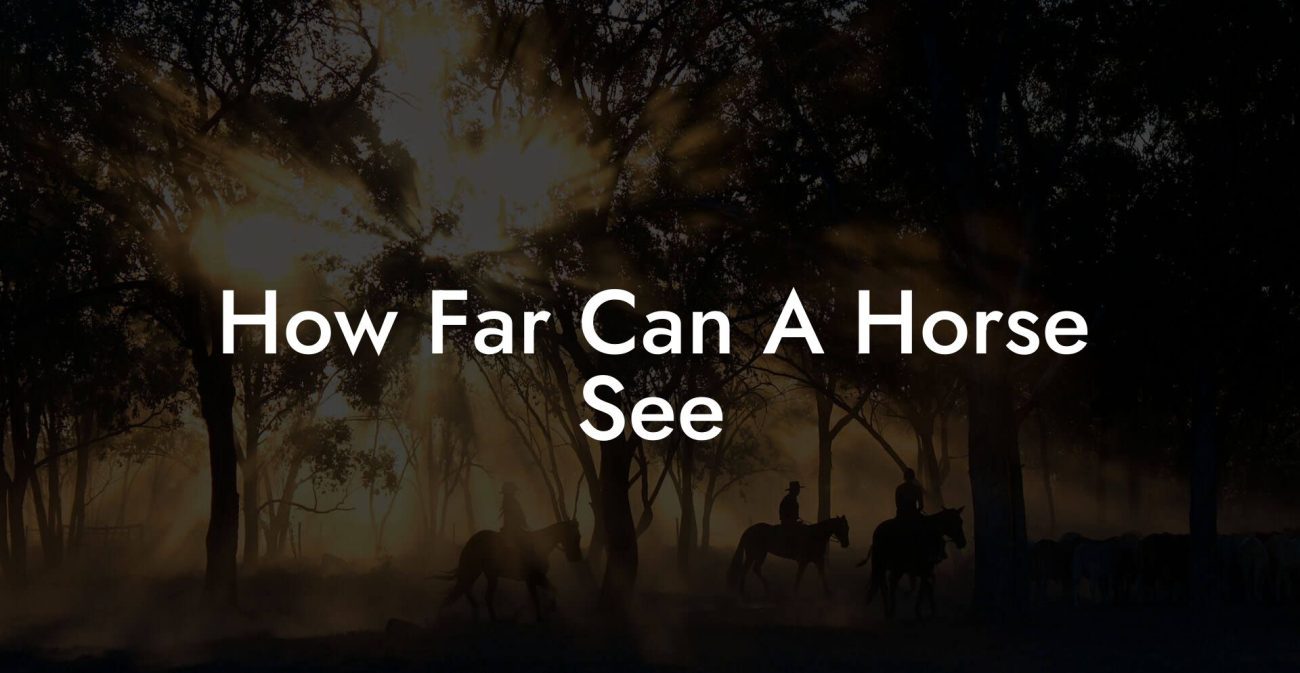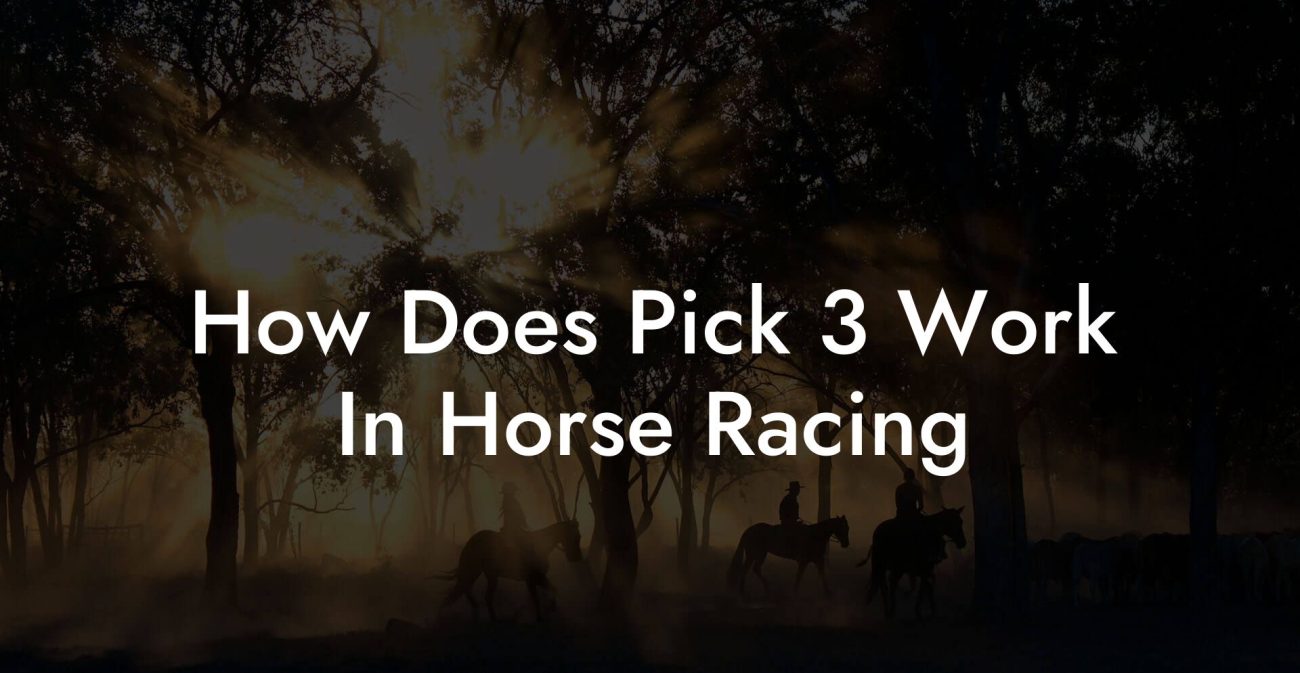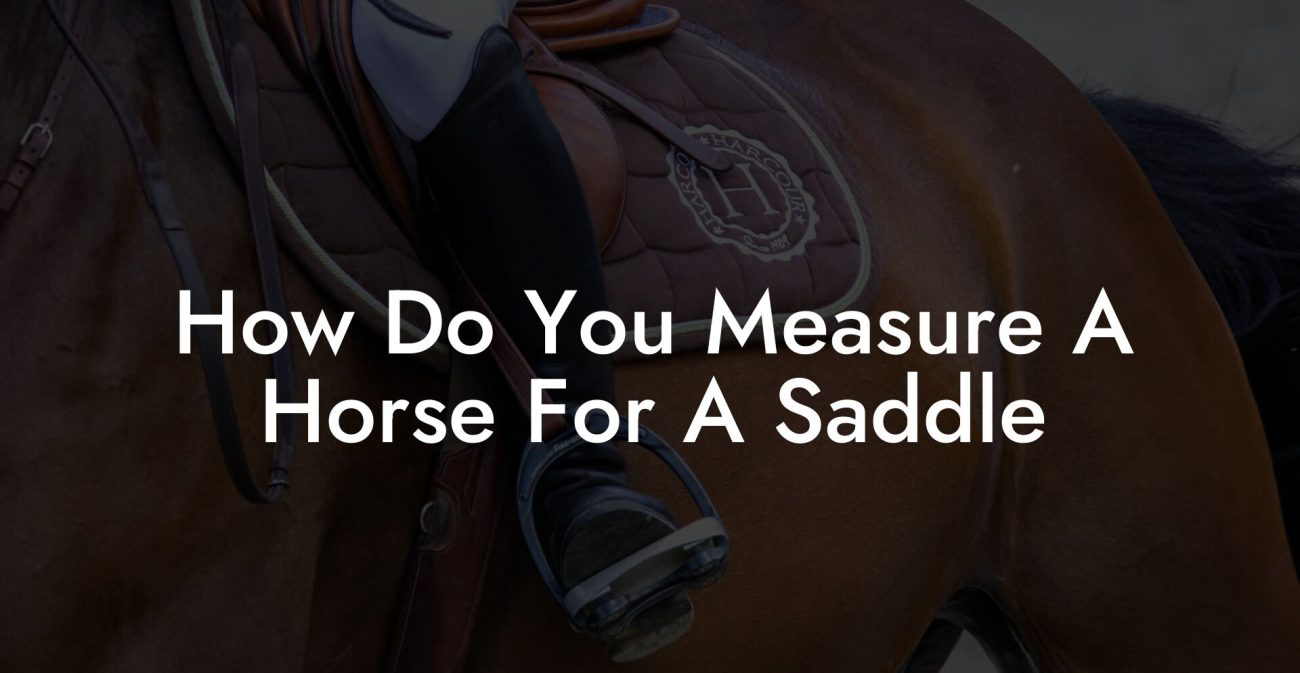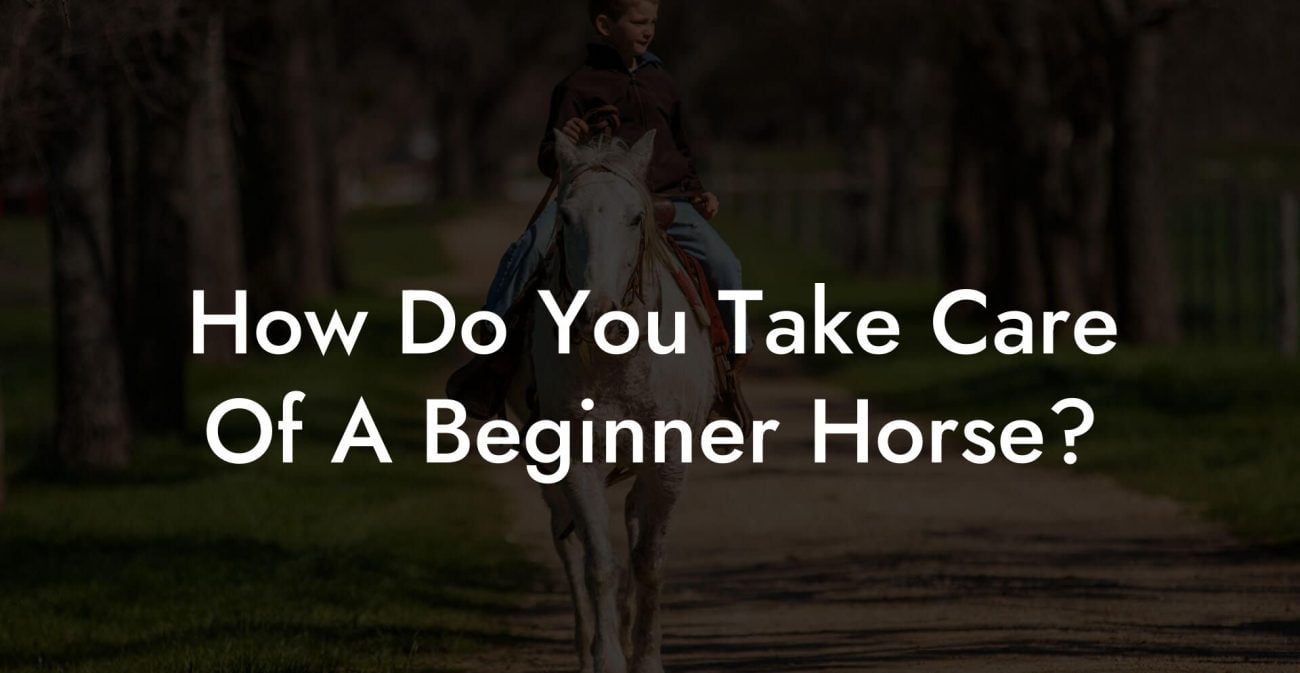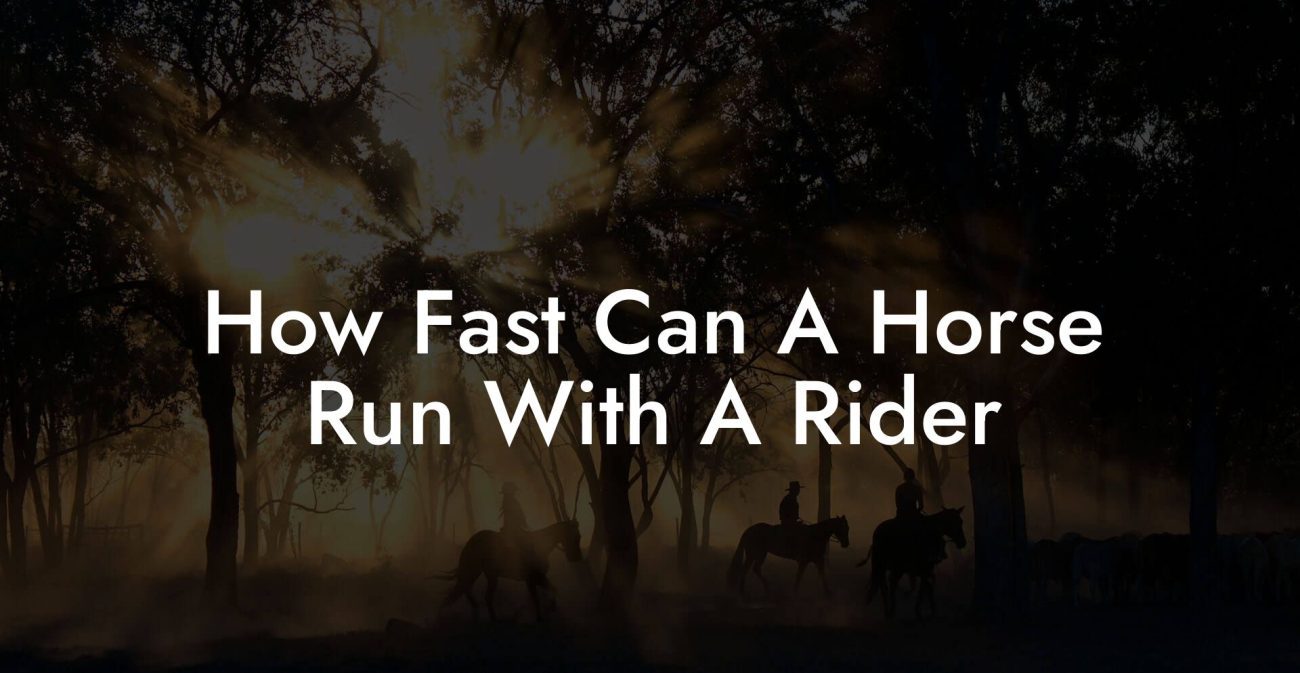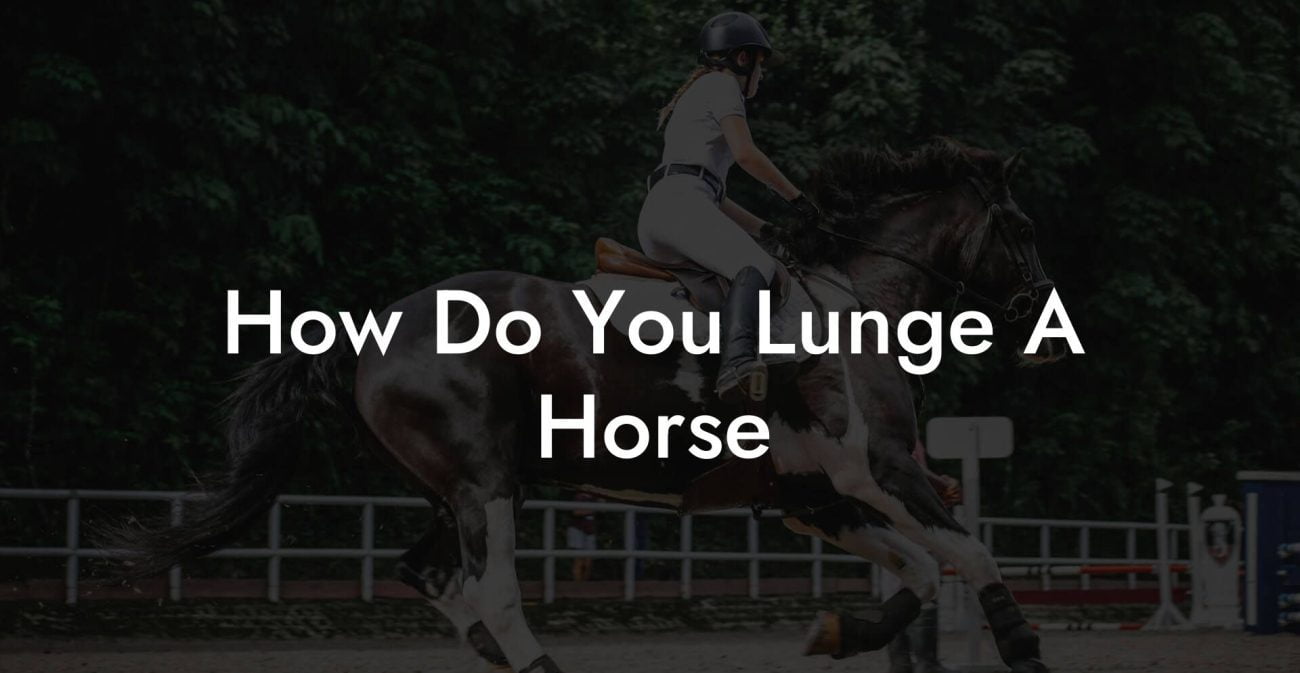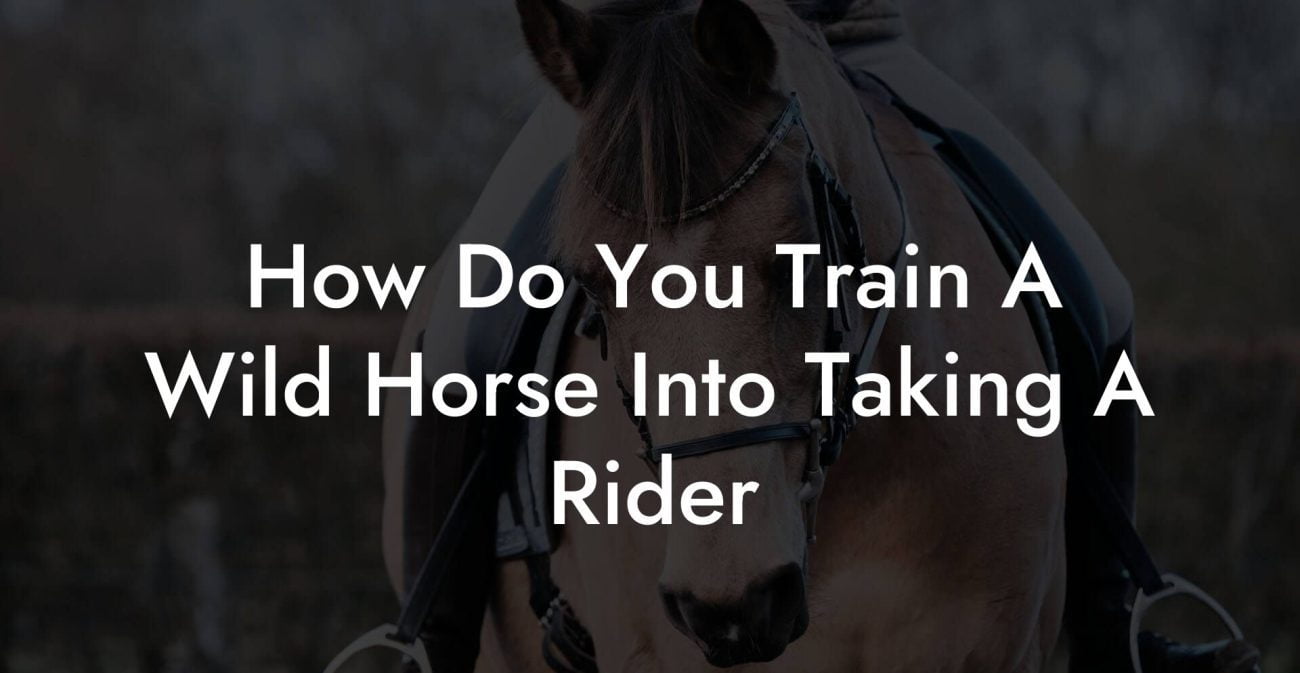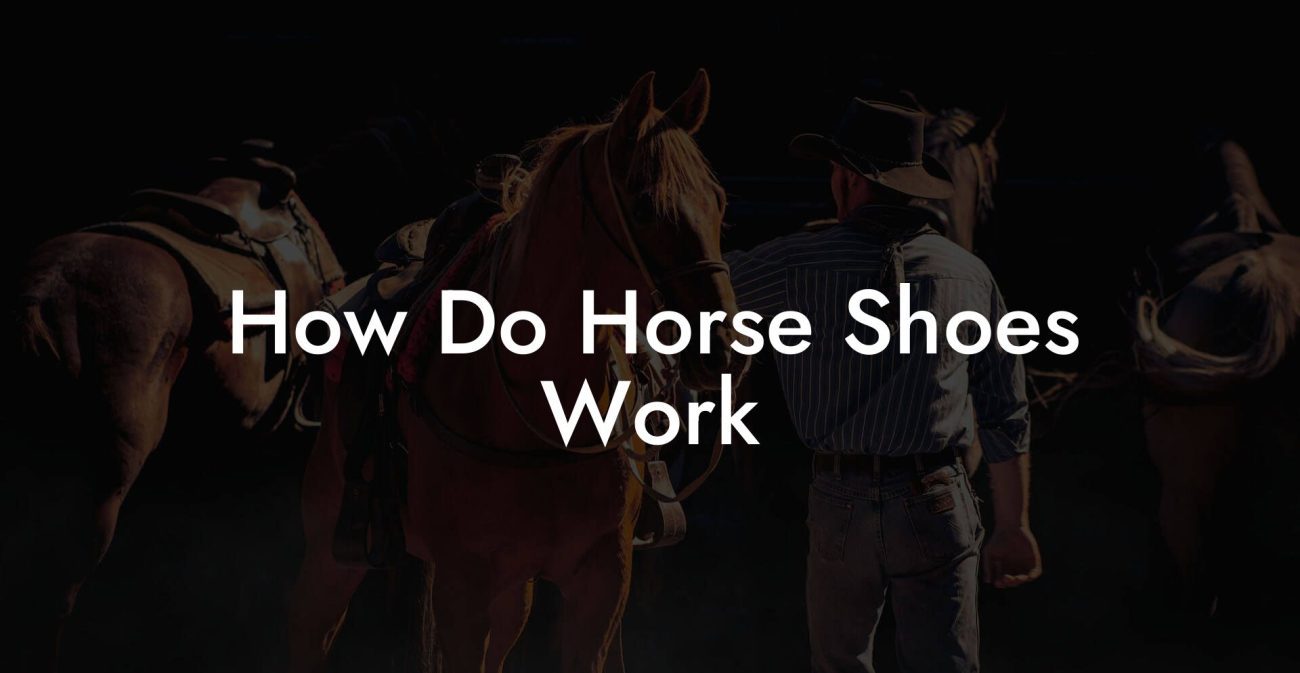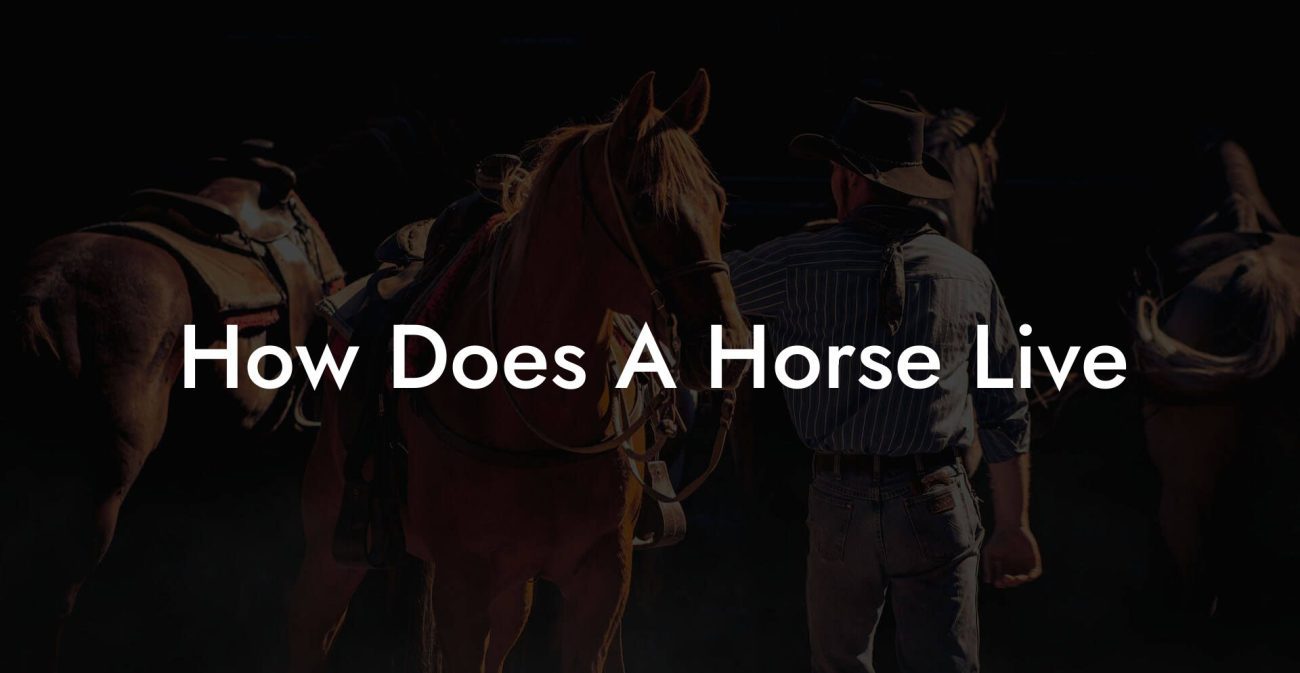training a cutting horse is like creating the ultimate action movie, except the star is a four-legged, high-energy equine dynamo that thrives in the adrenaline-fueled world of western riding and rodeo culture. If you’re someone who craves a blend of bold strategy, inventive techniques, and a dash of humor, then you’re in the right place. This guide is your backstage pass into the art and science of turning a spirited horse into a precise, agile cutting machine. Get ready to dive into a world where grit meets grace, and every ride is a unique adventure!
Quick Links to Useful Sections
- Understanding the Cutting Horse Phenomenon
- The History and Evolution of Cutting Horse Training
- Attributes of a Superstar Cutting Horse
- Getting Started: Your First Steps in Cutting Horse Training
- 1. Assessing Your Horse’s Potential
- 2. Setting Realistic Goals
- 3. Building a Solid Foundation
- 4. Introducing the Cutting Arena
- Developing Key Cutting Techniques
- Precision Turning
- Quick Stopping Techniques
- Controlled Lateral Movement
- Responsive Communication
- Essential equipment and Gear for Cutting Horse Training
- Cutting Saddle
- Bridles and Reins
- Protective Gear
- Training Tools and Technology
- The Role of nutrition and Care in Enhancing Cutting Performance
- Balanced Diet for Peak Performance
- Hydration and Recovery
- Regular Health Check-ups
- Avoiding Common Training Pitfalls and Mistakes
- Overtraining and Burnout
- Inconsistent Communication
- Lack of Adaptive Strategy
- Neglecting Mental Stimulation
- Building Trust: The Heart of the Trainer-Horse Connection
- Resources and Community Support: Your Next Steps
- Incorporating Modern Technology in Cutting Horse Training
- Advanced Training Strategies for the Competitive Edge
- Interval Cutting Drills
- Crowd Simulation
- Behavioral Conditioning
- Maintaining and Enhancing Horse Health Beyond Training
- Embracing the Lifestyle: Cutting as a Way of Life
- Integrative Approaches to Lifelong Equine Partnership
- Cutting Horse Training FAQs: Your Questions Answered
- Your Next Rodeo: Embrace the Journey of Cutting Horse Training
Understanding the Cutting Horse Phenomenon
Cutting horses aren’t your average ranch steeds; they’re the superstars of the equine world, specifically bred and trained to separate a single cow from a herd in a fast-paced competition. With origins steeped in the traditions of cattle ranching, cutting horse training has evolved into a sport celebrated for its technical prowess and sheer excitement. For today's Gen-Z and millennial riders, the blend of high-octane action and tight-knit community makes cutting horse riding more than a sport, it’s a statement of passion and resilience.
At its core, cutting involves a horse’s ability to anticipate a cow’s movements and react quickly, all while maintaining impeccable balance, agility, and connection with its rider. The cutting horse needs to combine natural athleticism with honed instincts, making a seamless transition between high-speed maneuvers and sudden stops. These abilities are critical in a sport where every second counts and where the blend of art and science is celebrated on the arena floor.
In our modern cutting horse training, you'll encounter not just the physical aspects of training but also the development of a deep partnership between horse and human. This partnership is the secret sauce that transforms raw energy into refined performance, a combination that has fascinated competitive riders and enthusiasts alike.
The History and Evolution of Cutting Horse Training
Cutting as a discipline has its roots in the practical demands of cattle ranching. In the early days of the American West, ranchers needed a reliable way to control large herds and isolate problem cows that might threaten the rest of the herd. Over time, specific horses were selected for their natural instincts, and what began as a functional task evolved into a competitive sport that drew together ranchers, cowboys, and eventually, cutting enthusiasts from every corner of the country.
Today, cutting horse competitions are major events that fuse tradition with contemporary training techniques. The modern cutting arena, with its lively crowds and booming music, is a testament to how far the sport has come, from practical ranch work to vibrant venues showcasing exceptional equine talent. For a new generation of riders, this evolution is both exciting and accessible. Social media, immersive training videos, and online communities have made cutting horse training not just a niche interest but a dynamic sport that appeals to diverse enthusiasts.
As you step into this vibrant world, you'll discover that cutting horse training is about respecting tradition while embracing innovative methods. It's about listening to the wisdom of seasoned professionals and blending it with fresh, original ideas, a true fusion of old-school grit and new-school flair.
Attributes of a Superstar Cutting Horse
Not every horse is cut out for the cutting arena, pun fully intended! The ideal cutting horse embodies a combination of natural athleticism, intelligence, and a fearless attitude. Let’s break down the key attributes that set a champion apart:
- Athleticism and Agility: Cutting horses require exceptional balance, quick reflexes, and the ability to change direction in the blink of an eye.
- Instinctive Cow Sense: A natural affinity to anticipate and react to the unpredictable movements of cattle is crucial. It’s not just about speed but about reading the cow.
- Mind-Body Connection: A deep and intuitive connection between the horse and rider creates a symbiotic relationship that enhances performance.
- Focus and Willingness: The horse must be willing to give its best effort, staying engaged and responsive during long training sessions and competitions.
- Temperament and Heart: A champion cutting horse is confident but never reckless. It exudes a calm determination, even in the middle of a high-stress scenario.
Recognizing these attributes early on can significantly influence your training approach. Whether you’re starting with a young horse or refining the skills of a seasoned competitor, understanding the natural disposition of your cutting partner is the first step toward success.
Getting Started: Your First Steps in Cutting Horse Training
Embarking on cutting horse training can feel as exhilarating as that first drop on a roller coaster. It’s all about planning, preparation, and building a strategy that caters to both you and your horse’s unique attributes. Let’s get you started with a roadmap to developing a strong foundation.
1. Assessing Your Horse’s Potential
Before diving headfirst into vigorous training routines, take the time to evaluate your horse’s natural talents. Does your horse exhibit quick reflexes and a keen sense of awareness? Start by spending quality time together, observe its behavior around cattle if possible, and note its reactions in a variety of scenarios. This early assessment will help you tailor your training program effectively.
2. Setting Realistic Goals
Every training journey starts with clear, attainable goals. Are you aiming to compete at the local level, or do you dream of taking your cutting skills to national competitions? Outlining short-term and long-term goals will not only motivate you but also provide a framework for measuring progress over time. Remember, every small success builds toward that big moment in the arena.
3. Building a Solid Foundation
Just like strengthening the core, successful cutting training begins with basic balance and coordination exercises. Develop a routine that includes groundwork, basic riding drills, and specific movements that enhance flexibility. By starting with foundational skills, you pave the way for more advanced techniques later on.
4. Introducing the Cutting Arena
Familiarity breeds confidence, both for you and your horse. Introduce your partner to a cutting arena or a similar confined space early in training. This controlled environment allows your horse to get accustomed to the visual and spatial stimuli, reducing anxiety when facing the chaos of a real competition.
These initial steps not only release the inner cowboy (or cowgirl) in you but also reassure your horse that it’s stepping into an environment where learning and fun go hand in hand.
Developing Key Cutting Techniques
Now that you’re off to a solid start, it’s time to dive deeper into the specific techniques that transform a budding champ into a seasoned cutting horse. These methods are designed to enable rapid changes in direction, quick stops, and instant acceleration, all while maintaining impeccable balance and connection with the rider.
Precision Turning
Precision turning is the backbone of cutting. You’ll need to train your horse to pivot on a dime. Start by practicing gentle turns in a controlled setting, using markers or cones to create a visual guide. Gradually tighten the circle and increase the speed as your horse becomes more comfortable with the motion. Consistent practice will build the muscle memory necessary for rapid, precise movements.
Quick Stopping Techniques
A hallmark of advanced cutting training is the ability to command your horse to stop almost instantaneously. This might seem counterintuitive in an animal known for its speed, but it’s essential in a competition situation where overenthusiastic movement can mean the difference between victory and disqualification. Incorporate drills that focus on sudden deceleration, using gentle rein pressure, voice commands, and body language cues to signal the horse.
Controlled Lateral Movement
Lateral movement is all about side-to-side agility. The goal is to train your horse to move laterally, or “cut,” with fluidity and precision. Work on lateral slides at a walk first, then progress to a trot, and eventually incorporate these movements into running sequences. This nuanced control keeps your horse balanced and ready for any unpredictable move by a wayward cow.
Responsive Communication
Communication is the secret sauce that binds successful cutting teams. Use clear, consistent cues, whether they’re from reins, subtle leg pressure, or vocal prompts, to signal your horse during drills. Over time, your horse will learn to interpret your signals in real-time, creating that almost telepathic connection that defines top-tier cutting performance.
Integrating these key techniques into your training regimen ensures that both you and your equine partner are on the same page, and speaking the same language, when it comes to mastering the art of cutting.
Essential equipment and Gear for Cutting Horse Training
In the digital era of epic Instagram posts and TikTok challenges, having the right gear can amplify your cutting horse training experience. Investing in quality equipment not only ensures the safety and comfort of both rider and horse but also boosts your confidence as you step into the spotlight.
Cutting Saddle
The cutting saddle is the cornerstone of your gear. Specifically designed to allow maximum range of motion, it offers a deep seat and secure build that lets you effectively communicate subtle cues to your horse. Look for a saddle that balances durability, comfort, and style, because let’s face it, style matters when you’re snapping selfies at the arena.
Bridles and Reins
High-quality bridles and reins are essential for clear communication. Choose options that provide both control and flexibility without compromising the comfort of your horse. Experiment with different styles, such as the Western bridle preferred by many riders, to find the best fit for your training style.
Protective Gear
Don’t underestimate the importance of protective gear, both for your horse and yourself. From proper riding boots and helmets to leg wraps and boots for your horse, safety should always come first. Modern cutting competitions often have strict safety standards, so investing in reliable gear is crucial.
Training Tools and Technology
In today’s world, technology is your best friend, yes, even in horse training! Devices like heart rate monitors, video analysis tools, and even mobile apps designed to track progress can offer profound insights into your training sessions. These tools empower you to make informed adjustments and celebrate every incremental victory.
With the right equipment in your arsenal, you’re not just training, you’re creating a high-performance duo ready to conquer any cutting arena challenge.
The Role of nutrition and Care in Enhancing Cutting Performance
Just as a smartphone needs regular updates to function smoothly, a cutting horse requires peak nutrition and ongoing care to consistently perform at its best. A well-balanced diet coupled with a staunch care routine ensures that your horse remains agile, strong, and ready to execute split-second decisions.
Balanced Diet for Peak Performance
Feeding your cutting horse a diet rich in high-quality hay, grains, protein supplements, and electrolytes is crucial for maintaining energy and muscle strength. For modern riders, many cutting enthusiasts now turn to nutritionists specializing in equine diets, ensuring that every nutrient is optimized for performance. Consider incorporating ingredients known for reducing inflammation and supporting joint health, allowing your horse to train hard and recover faster from demanding sessions.
Hydration and Recovery
Just as we remember to hydrate during a long day at work, your horse’s hydration needs are equally vital. Ensure that your horse has constant access to clean, fresh water. Post-training recovery should include cooldown periods, gentle stretching, and sometimes even hydrotherapy to soothe sore muscles and ensure long-term performance.
Regular Health Check-ups
Routine check-ups with an equine veterinarian are essential. From dental checks to joint evaluations, regular inspections help catch potential issues before they escalate. Preventative care can mean the difference between a short training hiatus and a long, competitive season.
By integrating excellent nutrition and care practices with exercise, you’re setting the stage for a cutting horse that’s as healthy and spirited as it is agile. Remember, a nourished horse is a happy horse, and a happy horse is an unstoppable force in the arena.
Avoiding Common Training Pitfalls and Mistakes
Even the best of us have hit a few roadblocks on the journey from raw energy to refined cutting techniques. The key is learning from mistakes and tweaking your training strategy along the way. Here are some common pitfalls, and how to dodge them:
Overtraining and Burnout
Cutting training can be exciting and intense. However, it’s crucial not to push your horse too hard, too fast. Overtraining can lead to both physical injuries and mental burnout. Implement rest days and mix up your sessions with different types of exercises to maintain enthusiasm and avoid fatigue.
Inconsistent Communication
A breakdown in clear signals between rider and horse can result in unintended behaviors or reluctance during training sessions. Whether it’s inconsistent rein cues or unclear body language, ensure that your commands remain predictable and steady. Regular practice and patience are your best allies in building a strong trust-based relationship.
Lack of Adaptive Strategy
Not every training session will go according to plan. If your horse seems to struggle with a particular drill, be ready to modify your approach. Sometimes a small tweak, like altering the exercise angle or changing the environment, can unlock new levels of performance.
Neglecting Mental Stimulation
Cutting is as much a mental game as it is physical. Boredom and repetitive routines can dampen your horse’s natural instincts. Incorporate play, variety, and even a touch of friendly competition into your sessions to keep both of you engaged and excited.
Avoiding these common mistakes paves the way for a smoother, safer, and more rewarding training journey, ensuring that every session builds toward competitive excellence.
Building Trust: The Heart of the Trainer-Horse Connection
When you think of a bulletproof cutting team, remember that the secret ingredient is trust. Establishing a deep, genuine connection with your horse is the cornerstone of successful training. This bond isn’t built overnight, it's honed through consistent care, shared challenges, and a mutual understanding that transcends words.
One effective way to strengthen this bond is through groundwork exercises. Spend time simply being with your horse outside of rigorous training sessions. Use moments of grooming, leisurely walks, or even a quiet hour in the paddock as opportunities to connect. Your horse will come to rely on you not just as an instructor but as a partner who respects its individual personality and needs.
For modern riders seeking to blend cutting-edge techniques with traditional horsemanship, trust becomes the bridge that connects advanced maneuvers with instinctive performance. A trusted horse is more willing to take risks and react intelligently under pressure, making your partnership all the more effective in the competitive arena.
Resources and Community Support: Your Next Steps
As you navigate the dynamic world of cutting horse training, never underestimate the power of community. Connecting with fellow riders, trainers, and equine enthusiasts can provide invaluable support, inspiration, and fresh ideas. The journey of training a cutting horse is rarely a solo venture, online forums, social media groups, and local clubs offer a treasure trove of experiences and advice.
Look out for clinics, workshops, and training camps hosted by seasoned professionals. These resources not only introduce you to new techniques but also give you the opportunity to observe the latest trends in cutting horse performance firsthand. Podcasts, YouTube channels, and Instagram feeds dedicated to western riding and cutting competitions can add an extra layer of motivation and insight.
Embracing a community-oriented approach helps keep the spark alive. Being part of an engaging, supportive network transforms training challenges into shared experiences, and who knows, a conversation over a cup of specialty coffee might introduce you to that one game-changing tip.
Incorporating Modern Technology in Cutting Horse Training
In this digitally driven era, innovation isn’t just reserved for tech giants, it’s revolutionizing horse training as well. From wearable tech for monitoring your horse’s vitals to video analysis apps that break down every movement in slow motion, there’s a wealth of technology available to elevate your training experience.
Mobile apps can track your training sessions, analyze your cutting drills, and even remind you when it’s time for a well-deserved rest day. Social media platforms like YouTube and Instagram offer endless streams of tutorial videos and training tips from experts around the world. Leveraging these tools not only improves your training efficiency but also keeps you connected with a global community that shares your passion.
For the tech-savvy millennial and Gen-Z rider, integrating technology into your training routine can be a complete game-changer. Imagine capturing the perfect moment when your horse executes a flawless cut, then sharing that victory with a community that celebrates your hard work and dedication. The union of traditional grit and modern tech opens up exciting new avenues for personal growth and competitive edge.
Advanced Training Strategies for the Competitive Edge
Once the basics are in place, it’s time to level up. Advanced training strategies are designed to refine your horse’s performance and push the boundaries of its natural talents. These methods require persistence, creativity, and an unwavering commitment to excellence. Here are several advanced approaches to try:
Interval Cutting Drills
Interval training is not just for runners, it works wonders for cutting horses too! By alternating between high-intensity cutting sequences and controlled recovery periods, you can boost your horse’s stamina, agility, and responsiveness. Think of it as a HIIT session for your equine partner, designed to simulate the bursts of energy required during real competitions.
Crowd Simulation
The atmosphere in a cutting arena is electric, and nothing prepares you for that adrenaline rush better than simulation. Set up mock events where you replicate the noise, distractions, and excitement of a real competition. This not only helps your horse get accustomed to high-energy environments but also trains you to maintain a steady, focused command even when the stakes are high.
Behavioral Conditioning
Advanced training isn’t complete without a few tricks from the behavioral conditioning playbook. Reward-based systems that include treats, praise, and a little playful mischief can reinforce positive behaviors. Over time, your horse will learn to associate certain actions or cues with rewards, solidifying its commitment to follow your commands with precision.
With these advanced strategies, you’re not merely training a cutting horse, you’re creating a performance partner capable of competing at the highest levels. Each drill, each simulated competition, and each innovative approach contributes to a well-rounded, formidable performance in the arena.
Maintaining and Enhancing Horse Health Beyond Training
While the thrills of the cutting arena take center stage, your horse’s overall well-being remains the unsung hero behind every impressive run. A holistic approach to horse care extends beyond nutrition, ensuring that physical and mental health are prioritized consistently.
Clinically, routine dental care, hoof maintenance, and regular veterinary check-ups are as critical as your training sessions. Equine massage, stretching, and even alternative therapies like acupuncture are increasingly embraced by modern riders who understand that a healthy horse performs better under pressure. Keeping track of your horse’s health records, vaccinations, and periodic blood work can preempt many issues that might derail your training progress.
Embrace a comprehensive care regimen that balances vigorous training with restorative practices. Your horse is your partner on this journey, ensuring its health is non-negotiable.
Embracing the Lifestyle: Cutting as a Way of Life
Training a cutting horse isn’t just a series of techniques and drills, it’s a lifestyle that celebrates freedom, resilience, and the wild spirit of the American West. For many riders, cutting is more than a sport; it’s a way to connect with nature, challenge personal limits, and be part of a vibrant, inspiring community.
The camaraderie at competitions, the shared stories around late-night bonfires, and the bond formed with a horse that literally gives its all in the arena create memories that last a lifetime. Modern riders value authenticity, and the cutting lifestyle offers a unique blend of tradition and innovation that resonates with the independent spirit of Gen-Z and millennials.
Whether you’re a seasoned competitor or a newcomer fueled by passion and social media inspiration, cutting horse training embodies a journey of self-discovery, teamwork, and utter exhilaration.
Integrative Approaches to Lifelong Equine Partnership
Consider cutting horse training as a lifelong partnership. Beyond the competitive arena lies the daily interaction that shapes both horse and rider into a well-oiled team. Embrace integrative approaches that consider mental health, physical resilience, and shared growth, turning every training session into an exchange of trust and mutual admiration.
Advanced riders incorporate mindfulness practices right into their riding routines. Think about starting your session with a few deep breathing exercises or a brief moment of meditation at the stables, setting the stage for a focused, injury-free training session. This blend of modern technology, careful nutrition, and age-old equine wisdom creates a legacy of excellence that lasts far beyond any competition.
Every ride, every challenge overcome, and every breakthrough moment cements your status as both a dedicated rider and a compassionate caretaker. In the end, a well-trained cutting horse is not just a competitor, it’s a reflection of your dedication, creativity, and commitment to a lifestyle that celebrates the extraordinary bond between human and animal.
Cutting Horse Training FAQs: Your Questions Answered
Dive into our FAQ section to explore common questions about cutting horse training, from essential techniques to building the ideal horse-rider partnership.
1. What exactly is a cutting horse?
A cutting horse is specially bred and trained to isolate and maneuver cattle in a fast-paced arena environment. These horses are known for their quick reflexes, agility, and exceptional balance, making them stars in cutting competitions.
2. Do I need a specific breed for cutting horse training?
While certain breeds like Quarter Horses are popular for their natural talent and athleticism, the most important factor is the horse’s inherent instincts and physical attributes. A thorough assessment by an experienced trainer can help identify the right horse, regardless of breed.
3. How long does it take to train a cutting horse?
The training period varies widely depending on the horse’s age, temperament, and prior experience. Generally, developing a competitive cutting horse takes several months to a few years of consistent, focused training.
4. What are the key techniques to master in cutting horse training?
Essential techniques include precision turning, quick stopping, controlled lateral movement, and consistent communication cues. Each of these skills contributes to building a reliable, performing cutting horse.
5. How can I build a strong trust-based relationship with my cutting horse?
Building trust involves consistent groundwork, clear communication, positive reinforcement, and regular care. Spending quality time outside of competitive training sessions is critical in forging this lifelong bond.
6. Is technology really necessary in cutting horse training?
Incorporating modern technology such as heart rate monitors, video analysis apps, and training tracking tools can significantly enhance your training regimen by providing real-time insights and detailed feedback.
7. How important is nutrition and overall health in this sport?
Equine nutrition and overall health are critical for optimal performance. A well-balanced diet, proper hydration, and routine veterinary care ensure that your horse remains in peak condition for the demanding requirements of cutting.
8. Can beginners successfully train cutting horses?
Absolutely! While the sport has its challenges, many resources, experienced trainers, and community support systems are available to help beginners build solid foundations and advance at their own pace.
9. What mistakes should I avoid during training?
Common pitfalls include overtraining, inconsistent communication, and neglecting mental stimulation. Regular rest, clear cues, and adaptive training practices are key to avoiding these issues.
10. Are there training clinics or workshops available for cutting horse enthusiasts?
Yes, many equine centers and rodeo associations offer workshops, clinics, and online courses for riders of all skill levels. These resources can provide invaluable insights into advanced techniques and the latest industry trends.
Your Next Rodeo: Embrace the Journey of Cutting Horse Training
Stepping into the arena with a well-trained cutting horse is more than just a competition, it’s a celebration of hard work, resilience, and the beautiful partnership that forms between you and your horse. Every drill, every practice session, and every challenge overcome is a testament to your shared dedication and passion.
As you continue to experiment with new techniques, leverage modern technology, and immerse yourself in the supportive community around cutting horse training, remember that growth happens one ride at a time. The journey is as rewarding as the destination, and it’s this very journey that transforms training from a routine task into a lifelong adventure.
Whether you’re out in the field testing your skills with a herd of cattle or fine-tuning your performance in a bustling cutting arena, keep in mind that every ride is an opportunity to learn and grow. Take pride in the unique bond you forge with your cutting horse, a partnership built on mutual respect, clear communication, and endless determination.
Get ready to embrace the wild, dynamic lifestyle of cutting horse training. Your journey, marked by unforgettable moments, shared triumphs, and the ongoing evolution of skills and technique, is just getting started. Let every ride, every drill, and every moment of connection ignite your spirit and propel you toward a future where you and your cutting horse shine as the ultimate team.

